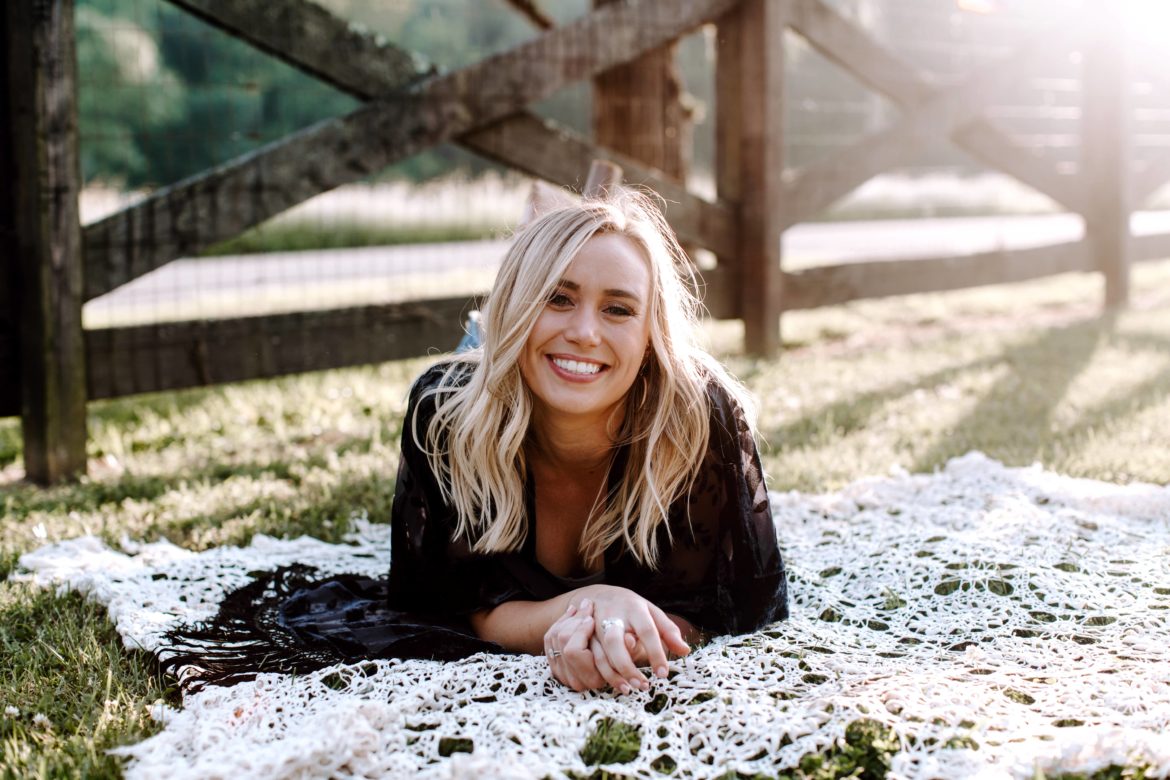While finding breast lumps at any stage in life can be scary, young women may be especially unprepared to find breast lumps. Hallie Long was 23 years old when she went to her UVA primary care doctor, and was shocked to discover she had breast lumps.
Hallie recalls her initial reaction, saying, “It was a little jarring. It is not something that runs in my family. I was nervous and anxious at the time.” Hallie’s doctor referred her to the UVA Breast Care Center for further evaluation.
Finding Female Solidarity
Walking into the UVA Breast Care Center, Hallie remembers feeling a little out of place at first because she was by far the youngest person there. This is because UVA follows the American College of Radiology’s guidelines, which do not suggest that women have yearly mammograms until they reach the age of 40. However, if breast lumps are discovered, it is important to be evaluated as soon as possible. If you are under the age of 40, you must have a referral from your doctor to receive breast imaging.
Like anyone finding themselves in this situation, Hallie was nervous for her appointment and didn’t know exactly what to expect. Thankfully, she had two friends who had been through similar experiences. “One of my friends offered to come with me, and that helped to alleviate a lot of my nerves. Women’s health is a good way to find female solidarity between you and your peers,” Hallie affirmed.
Hallie’s fears further subsided at her appointment when everyone she interacted with, from the receptionist, to the technician, to the resident on duty that day, showed her kindness and care. Hallie had a breast ultrasound to further evaluate the lumps her primary care doctor found. The resident, who was also a younger woman, reassured Hallie and walked her through the ultrasound process, including how the breast lumps would be measured and evaluated.
Keeping A Watchful Eye on Benign Breast Lumps
Fortunately, Hallie’s breast lumps turned out to be benign (non-cancerous). 80 to 85 percent of breast lumps are found to be benign, especially for women who are under the age of 40. For this reason, it is important to remember not to worry or panic if you have breast lumps.
Like many women with breast lumps, Hallie was encouraged to come back for regular breast screenings. She was asked to return to the UVA Breast Care Center for two 6-month follow-up appointments. Since her breast lumps continued to be found benign, she now only has to have breast screenings once a year.
Hallie was also encouraged to keep a watchful eye for any abrupt changes in the lumps, and to continue regular breast self-exams. You too can perform breast self-exams, and remember to contact your doctor if you notice any of the following:
- A new lump, hard knot, thickening, or sudden change in your breast
- Any change that feels different from the rest of your breast or from what you have felt before
- A lump in the underarm area
- Redness, darkening, or any change in color of the breast
- Swelling or change in size or shape of the breast
- Itching rash or sores on the breast
- Dimpling or puckering of the skin
- Sudden nipple discharge
- Pain in a particular spot of the breast that does not go away

Talk to your care provider if you have suspicious changes in your breasts or any concerns about breast health.
Never Too Young for Breast Health
While Hallie must now have annual breast ultrasounds, she understands the importance of staying on top of breast health. For Hallie, this was the biggest takeaway from her whole experience:
“You are never too young to start caring about breast health,” she said. “Even if you are not at high risk, you can never be too healthy or too proactive. I would also like to let others know that, if you are someone who is having this experience, you are not the only one!”
The whole experience has made Hallie more conscious about her overall health, and has helped her to know her own body better. In addition to caring for her breast health, she also makes daily choices to eat healthier and exercise.
To learn more about the UVA Breast Care Center, click here. Or learn more about your breast cancer risk by clicking here.



